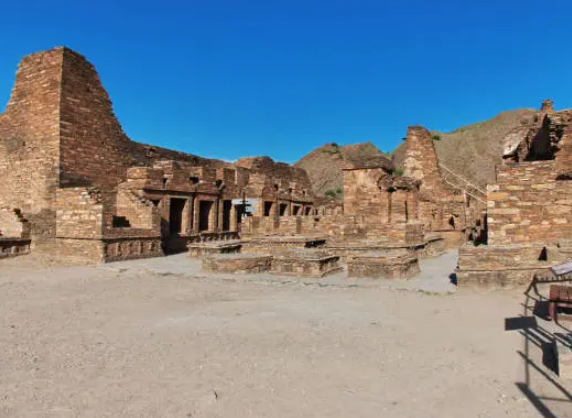Introduction
When navigating the world of real estate, buyers and sellers often encounter the term “EMD” or Earnest Money Deposit. This crucial part of a real estate transaction serves as a sign of good faith from the buyer, showing the seller that they are serious about purchasing the property. In this article, we’ll break down what an EMD is, its purpose in real estate, how it works, and what both buyers and sellers need to know about it.
1. What is Earnest Money Deposit (EMD)?
An Earnest Money Deposit (EMD) is a payment made by the buyer to the seller at the beginning of a real estate transaction. It typically ranges from 1% to 3% of the home’s purchase price, though this amount can vary based on the agreement between both parties. The EMD is deposited into an escrow account and held there until the transaction is complete.
The purpose of the EMD is to provide security to the seller, indicating that the buyer is committed to purchasing the property. If the sale proceeds smoothly, the earnest money is typically applied to the buyer’s down payment or closing costs. However, if the buyer breaches the contract or backs out without valid reason, the seller may be entitled to keep the EMD as compensation.
2. Why is EMD Important in Real Estate?
The EMD plays a critical role in protecting both the buyer and the seller:
- For Buyers: An EMD shows that the buyer is financially capable and serious about the purchase. Without it, sellers might be hesitant to take their property off the market while the buyer secures financing or completes inspections. The EMD also gives the buyer time to conduct due diligence, such as home inspections, appraisals, and securing a mortgage.
- For Sellers: The EMD provides a financial safety net if the buyer fails to fulfill their contractual obligations. It compensates the seller for the time and resources spent preparing the home for sale, such as stopping other potential offers, removing the listing from the market, or incurring additional holding costs.
3. How Does the EMD Process Work?
Here’s a step-by-step breakdown of how an EMD fits into the real estate process:
- Offer Acceptance: After a buyer submits an offer on a property, they provide an EMD along with the signed purchase agreement. The deposit demonstrates their commitment to moving forward with the purchase.
- Escrow: Once the EMD is received, it is placed in an escrow account, typically managed by a neutral third party such as a title company, real estate brokerage, or attorney. The funds remain in escrow until the sale is finalized.
- Contingency Period: During this phase, the buyer may need to complete certain steps, such as obtaining financing or having the property inspected. If any issues arise, the buyer may back out of the deal and receive a refund of their EMD, provided the exit is within the terms outlined in the contract.
- Closing: If the transaction proceeds as planned, the EMD is credited toward the buyer’s closing costs or down payment. At this point, the funds are transferred to the seller as part of the final settlement.
- Dispute Resolution: In cases where the buyer backs out without a valid reason, the seller may have the right to keep the EMD. However, disputes over earnest money can sometimes occur, in which case the matter may need to be resolved through negotiation, mediation, or legal action.
4. Common Scenarios Involving EMD
To help clarify the role of EMD in real estate, here are a few common scenarios:
- Buyer Backs Out Due to Inspection Results: After an inspection, the buyer may discover significant issues with the property, such as structural problems or major repairs needed. If the contract includes an inspection contingency, the buyer can cancel the deal and receive a full refund of their EMD.
- Financing Falls Through: If the buyer is unable to secure financing and the contract includes a financing contingency, they are entitled to receive their EMD back.
- Buyer Backs Out Without Cause: If the buyer changes their mind after the contingency period without any valid reason, the seller can typically keep the EMD as compensation for the failed transaction.
5. How Much Earnest Money is Required?
The amount of EMD required in a real estate transaction varies, but it generally ranges between 1% and 3% of the property’s purchase price. For example, if you are buying a home worth $300,000, you can expect to pay between $3,000 and $9,000 in earnest money.
That said, the amount can be negotiable. In competitive real estate markets, some buyers offer a higher EMD to make their offer more attractive to sellers. On the other hand, in a buyer’s market, it may be possible to provide a lower EMD or even waive it entirely.
6. How to Protect Your EMD
To ensure that you don’t lose your earnest money deposit, follow these guidelines:
- Understand the Contingencies: Make sure you’re aware of the contingencies in your contract, such as financing, inspection, or appraisal. These will protect you if issues arise during the buying process.
- Meet Deadlines: Pay attention to all contractual deadlines for inspections, financing, and closing. Missing these deadlines can jeopardize your EMD.
- Work with Professionals: Having a knowledgeable real estate agent, attorney, or escrow company on your side can help ensure that your EMD is handled properly.
Conclusion
An Earnest Money Deposit (EMD) is an essential part of the real estate process, offering protection and reassurance to both buyers and sellers. It demonstrates the buyer’s commitment and provides the seller with security while the transaction is completed. Understanding how the EMD works and the contingencies involved will help you navigate the home-buying process with confidence and safeguard your investment.
Read Also : Escape Room for 12 Players Near Me: How To Choose an Escape Room












Leave a Reply